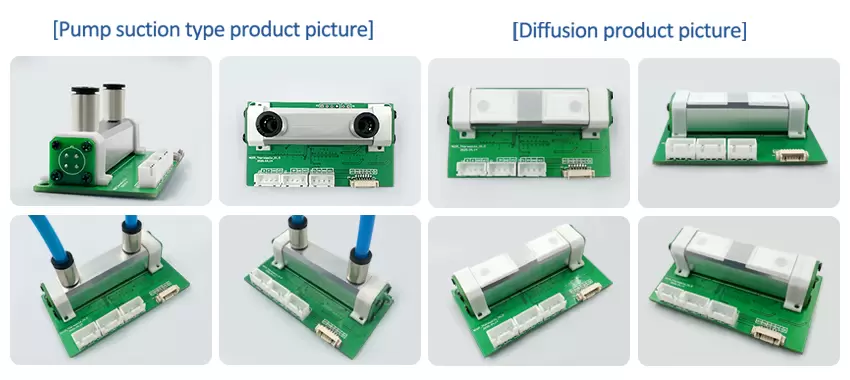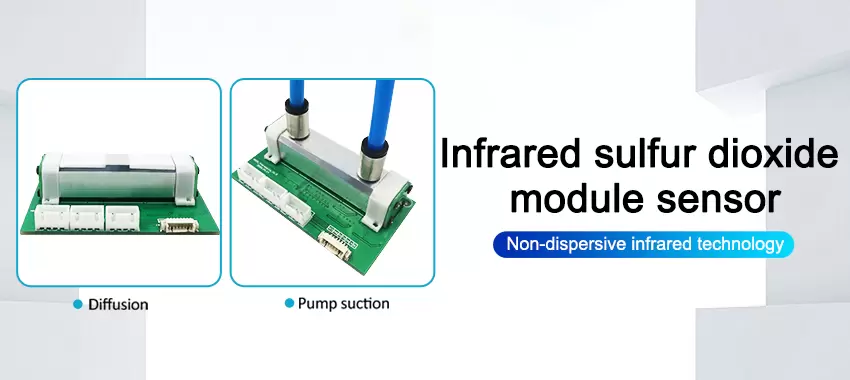What are Infrared Gas Sensors?
Infrared gas sensors are a specific type of motion sensors that use infrared radiations. The main use-case of this device is within physical security and, in particular, for intrusion detection purposes. The two types of infrared sensors are active infrared sensors and passive infrared sensors with these last ones being the preferred ones in the context of physical security.
In the next paragraphs, we will dive into how these sensors work, what are the ideal use-cases, and how to choose the best infrared sensor for your business or home.

How do infrared sensors work?
Infrared sensors, as mentioned above, work with infrared radiations. The functioning depends on if the sensor is active or passive (PIR).
Active infrared sensors work with radar technology and they both emit and receive infrared radiation. This radiation hits the objects nearby and bounces back to the receiver of the device. Through this technology, the sensor can not only detect movement in an environment but also how far the object is from the device. This is especially useful in robotics to detect proximity.
For the physical security use case, however, passive infrared sensors (PIR sensors) are definitely more widespread. The PIR sensors do not emit radiation but simply receive the one that the objects nearby are naturally emitting. The basic functioning is that the passive infrared sensors trigger the alarm when there is an anomaly in the infrared waves measured in the room. This happens if, for example, a warm object (like an intruder) crosses ways to the signal of the device. More about the functioning of PIR in the later paragraphs.

Sensor principle:
(1)Using NDIR technology
After the infrared radiation emitted by the infrared light source is absorbed by a certain concentration of the gas to be measured, the spectral intensity proportional to the gas concentration will change. The concentration of the gas to be measured can be inversed by calculating the change of the spectral intensity;
(2)The principle of NDIR is adopted
The advanced optical path, precision circuit and intelligent software are combined to form a universal infrared CO sensor.
 : +86 155 8830 2704
: +86 155 8830 2704 : jxdziot@gmail.com
: jxdziot@gmail.com
